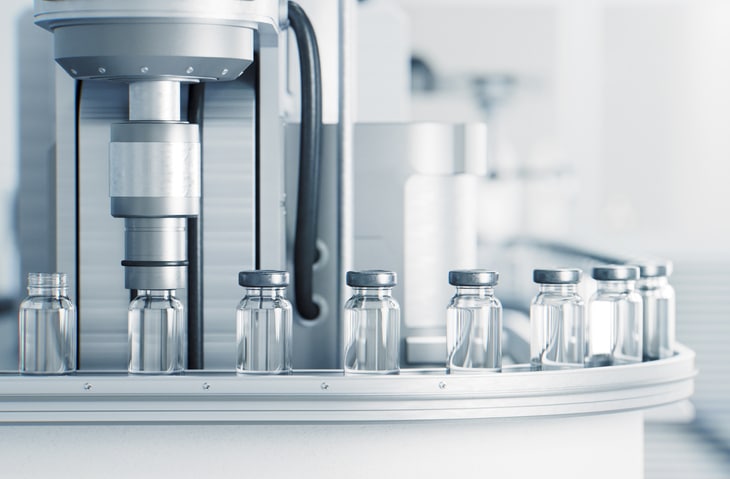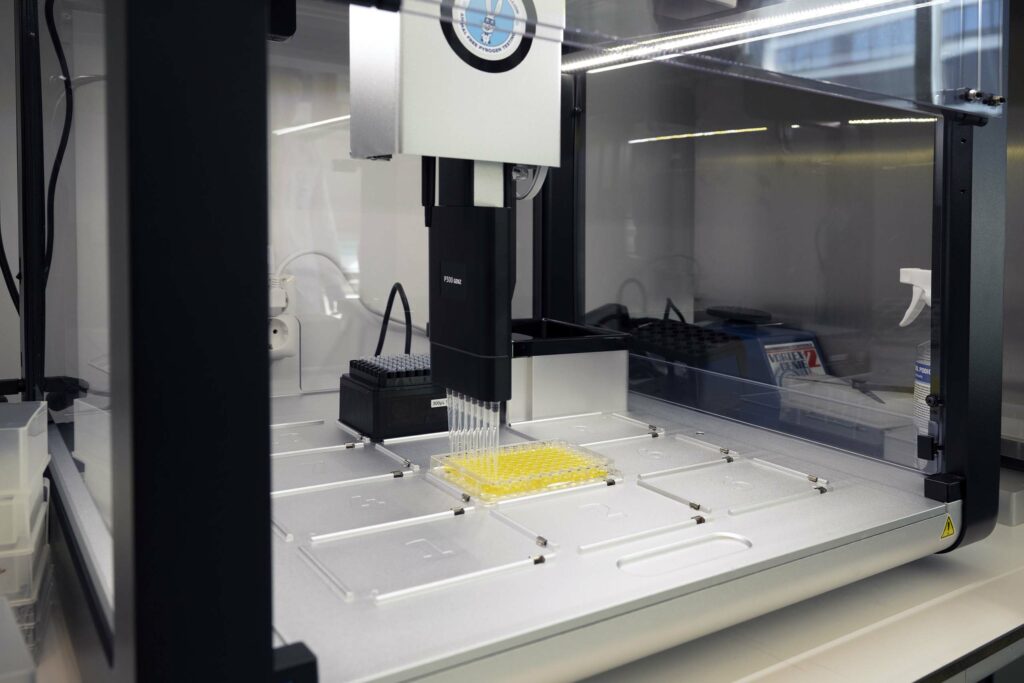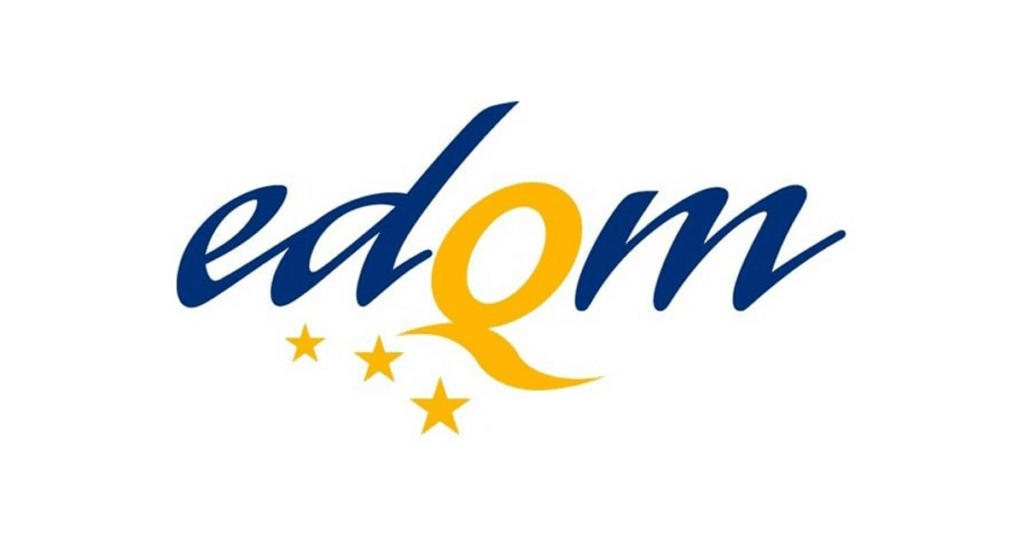MAT Batch Release Testing
Monocyte Activation Testing parenteral products at batch release.
Parenteral medical devices, biologics, veterinary products, and pharmaceutical products require bioburden, sterility, and either endotoxin or pyrogen tests (depending on labeling) during batch-release testing. That’s where MAT batch release testing comes in.

Pyrogen testing is a must for many products at batch release.
The unique characteristics of many finished products have regulatory submission bodies that mandate them to be tested for both endotoxins and non-endotoxin pyrogens. Examples of such products include:
- Medical devices.
- Drugs that themselves impact body temperature regulation.
- Intrinsically pyrogenic vaccines.
- Drugs that stimulate immunological reactions.
- Blood-derived products and those with interfering factors when tested with LAL assays.

MAT is the only recommended in-vitro pyrogen test alternative.
While the Rabbit Pyrogen Test (RPT) has long been the gold standard of the comprehensive pyrogen test during the process of batch release testing, the global transition away from in-vivo assays in pharmaceutical testing at large has led pharmacopoeial bodies like Ph. Eur. to specifically point to the use of the in-vitro Monocyte Activation Test (MAT) as a required pyrogen test, where applicable and after product-specific validation.
What is the Monocyte Activation Test, and how does it work?
The MAT test simulates the human immune system response to endotoxin and non-endotoxin pyrogenic contamination.
1. Incubation
Your medicinal product sample is incubated with peripheral blood mononuclear cells (PBMC).
2. Activation
Overnight, the monocytes’ toll-like receptors (TLR) recognize the presence of pyrogens and activate the signaling pathways that launch the human immune system response. In turn, this stimulates cytokine release.
3. Detection
The following day, a human IL-6 ELISA is used as a readout to detect and quantify the concentration of released cytokines.
4. Analysis
Using the LPS standard curve, the quantified cytokine concentration is finally converted to the Endotoxin Equivalent Units/ml. If below the product’s CLC, the MAT is passed.
The process of employing MAT as your pyrogen test release assay.
MAT product-specific validation
The ‘product-specific validation’ process is intended to validate the absence of possible interference between the MAT test and the product being tested. Under Ph. Eur. guidelines, this works by spiking an uncontaminated batch of the product with endotoxin and non-endotoxin pyrogens which is then tested using the MAT. The absence of interfering factors between the product and MAT assay is concluded if, across three different dilutions (each below the maximum valid dilution of the specific product), the mean recovery of the spiked endotoxin is within the allowable range of 50–200%.
Routine testing using MAT
The routine testing process (a.k.a. batch release testing) involves taking a sample from the product batch intended to be released and testing it using the three aforementioned dilution factors determined during product-specific validation. Where the detected concentration of pyrogen is below the product’s specific contaminant limit concentration (CLC) and when the spiked LPS recovery percentage is within the allowable range of 50-200%, the product is considered pyrogen free and safe for release.
Which MAT method is best suited for my product at batch release testing?
The European Pharmacopeia (2.6.30.) outlines three different methods for the Monocyte Activation Test (MAT) during the batch release of products.
METHOD A: Quantitative test
Determining the concentration of endotoxin equivalent units of contamination present in the product preparation involves comparing the IL-6 release of a non-spiked product preparation with the LPS standard endotoxin dose-response curve. When lower than the product’s CLC, the MAT is passed.
METHOD B: Sem-quantitative test
Employed if non-linearity between the dose-response curve and standard endotoxin curve. Involves comparing IL-6 release of a spiked product preparation with equivalent points of LPS standard preparation. Here, the concentration of endotoxin equivalent units of contamination present in the product preparation equals the difference between the spiked and non-spiked product preparations. If lower than its CLC, the MAT is passed.
METHOD C: Ref. lot comparison test
For products that are intrinsically pyrogenic. The contaminant concentration (in endotoxin equivalent units) in the product preparation is compared with that of a reference lot. If lower or comparable to the reference lot, the MAT is passed.
Benefits of using the Monocyte Activation Test as your batch release assay
Get a head start on Ph. Eur. mandated RPT transition
In June 2021, the Ph. Eur. Commission announced plans to completely replace the rabbit pyrogen test (RPT) in the Ph. Eur. within approximately five years. There are 59 Ph. Eur. texts for vaccines for human use, blood products, antibiotics, radiopharmaceuticals, and containers that specify the use of RPT and will thus be expected to transition to an in-vitro alternative in the next five years. The Ph. Eur. specifically recommends the use of MAT as a replacement.

Suitability to all product categories
The rabbit pyrogen test is suitable for testing general pharmaceuticals and biologics, while it fails as an assay for cell therapeutics and cannot be applied to all medical devices. The LAL and rFC are also effective for general pharmaceuticals, but their enzymatic nature means they cannot be relied on for all medical devices, biologics, or cell therapeutics. Only the Monocyte Activation Test is suitable and successful when batch release testing any product category.

Reflects human biological reaction
The unique characteristics of many finished products have regulatory submission bodies that mandate them to be tested for both endotoxins and non-endotoxin pyrogens. Examples of such products include:
- Medical devices.
- Drugs that themselves impact body temperature regulation.
- Intrinsically pyrogenic vaccines.
- Drugs that stimulate immunological reactions.
- Blood-derived products and those with interfering factors when tested with LAL assays.
